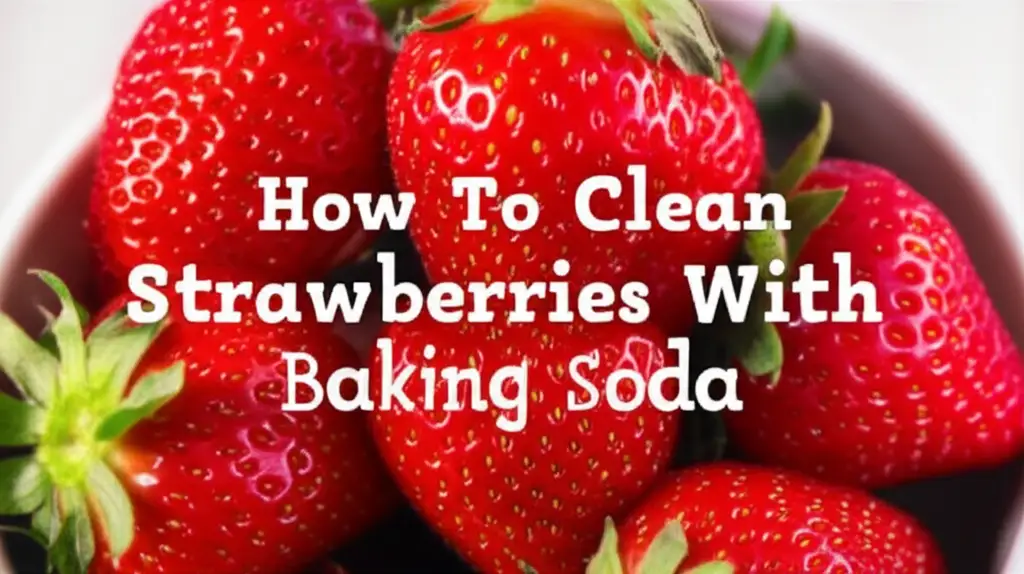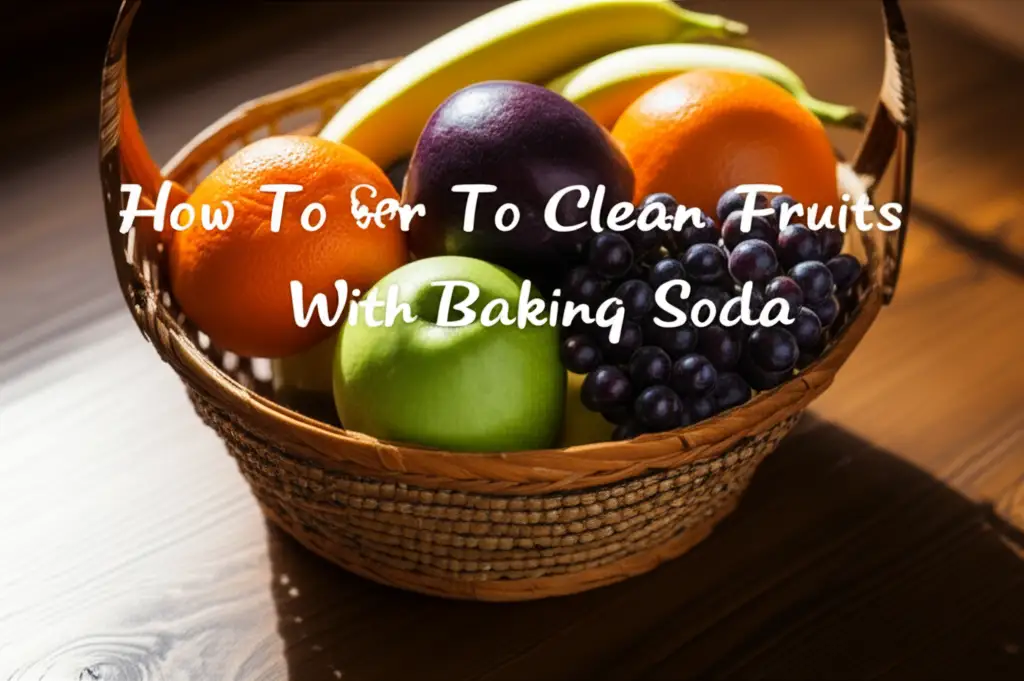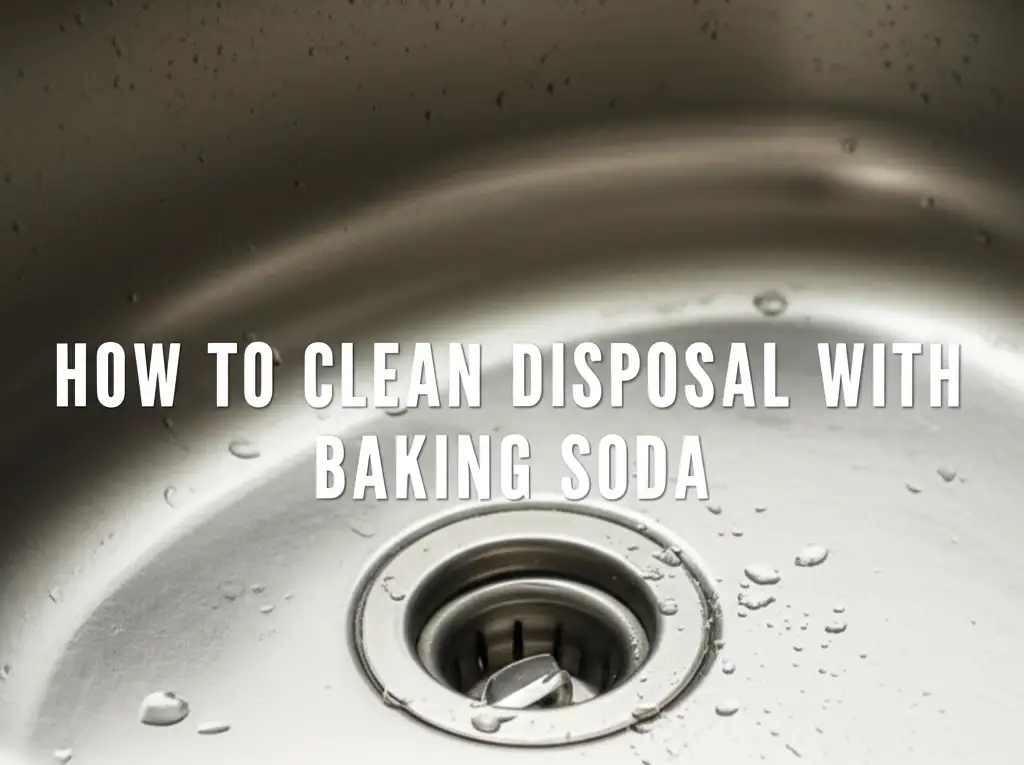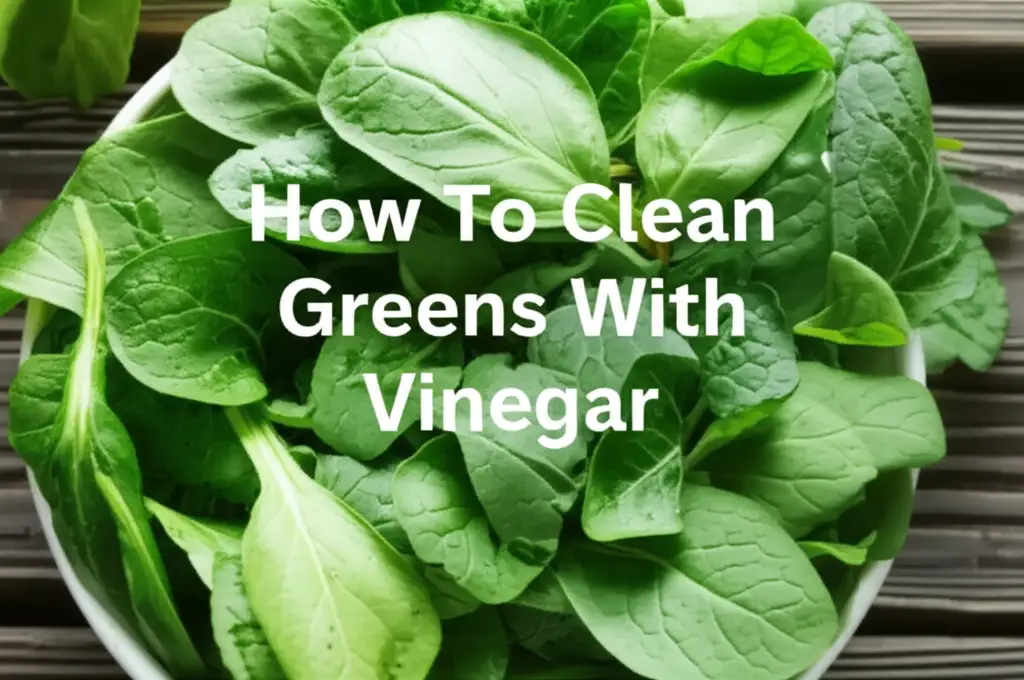· Natural Cleaning · 11 min read
How To Clean Vegetables With Baking Soda
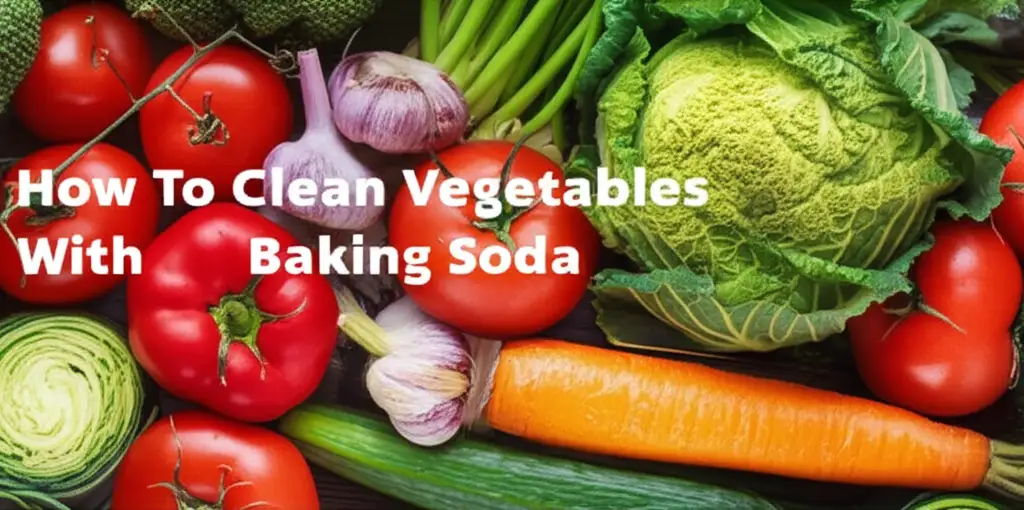
How To Clean Vegetables With Baking Soda
Are you sure your vegetables are truly clean when they reach your kitchen table? I often wonder about unseen residues hiding on fresh produce. From field dirt to lingering pesticides, fresh vegetables carry more than just nutrients. This is why proper cleaning is so important for our health and safety.
I found a simple, natural solution: baking soda. It is an everyday pantry item. This article helps you understand why cleaning vegetables matters. We will explore how baking soda works its magic. I will guide you through the exact steps to clean your produce. You will also learn about ideal soaking times and storage tips. Let’s make our food preparation safer and smarter.
Takeaway
- Soak: Immerse vegetables in a baking soda solution.
- Agitate: Gently move produce to dislodge dirt and residues.
- Rinse: Wash thoroughly under running water.
- Dry: Ensure produce is dry before storage.
To clean vegetables with baking soda, simply mix one tablespoon of baking soda into a large bowl of water. Submerge your vegetables completely in this solution for 12 to 15 minutes. Then, rinse them well under cold running water to remove all traces of baking soda and loosened grime.
Why Clean Vegetables? Understanding Unseen Residues
Fresh vegetables bring many health benefits. Yet, they often carry unwanted guests from farm to kitchen. These can include visible dirt and soil particles. They also include invisible contaminants. I always think about what else might be on my food.
Pesticides are a big concern for many people. Farmers often spray these chemicals on crops to protect them from pests. While beneficial for growth, traces of pesticides can remain on the surface of vegetables. Consuming these residues can cause health concerns over time. Many people try to avoid them.
Beyond chemicals, produce can pick up other things. This includes bacteria from soil or handling. Wax coatings also appear on some fruits and vegetables. These coatings often trap dirt and pesticide residues. Cleaning produce properly helps remove these unwanted layers. This makes your vegetables safer to eat. It also helps them taste better.
The Science: How Baking Soda Cleans Vegetables Effectively
Baking soda, known as sodium bicarbonate, is a common household item. It is a mild abrasive and a powerful base. These properties make it excellent for cleaning many things. I use it for so many tasks around my home. When cleaning vegetables, baking soda performs a specific action.
It reacts with acidic compounds. Many pesticides and organic dirt particles have an acidic nature. When baking soda dissolves in water, it creates an alkaline solution. This solution works to break down the chemical bonds of these residues. This action makes the unwanted substances easier to wash away.
Research shows that baking soda water is more effective than plain water. Plain water washes away some dirt. However, it does not break down stubborn pesticide layers as well. Baking soda helps release these residues from the rough surfaces of vegetables. This provides a deeper and more thorough clean. It is a simple, yet powerful, natural cleaning agent. If you are curious about other fruit cleaning methods, you can learn how to clean fruits with baking soda too.
Step-by-Step Guide: Cleaning Your Vegetables with Baking Soda
Cleaning vegetables with baking soda is a simple process. It does not require special equipment. I use this method often to ensure my produce is ready for cooking. Follow these steps for a thorough wash.
Gathering Your Simple Supplies
You only need a few items to start:
- A large bowl or clean sink
- Fresh, cold water
- Baking soda (sodium bicarbonate)
- A colander for rinsing
- Clean paper towels or a clean dishcloth for drying
Make sure your bowl or sink is very clean before you begin. We want to clean the vegetables, not add new dirt.
The Soaking Process for Maximum Clean
Soaking is the main part of this cleaning method. It allows the baking soda to do its work.
- Fill your bowl or sink with water. Use enough water to fully cover your vegetables.
- Add baking soda. For every cup of water, add about one teaspoon of baking soda. For a standard sink full of water, 1-2 tablespoons usually works well. Adjust the amount based on how much water you use.
- Mix the solution. Stir the water to help the baking soda dissolve completely. You want an even mix.
- Submerge your vegetables. Place the vegetables into the baking soda water. Make sure they are fully covered. You might need to push them down gently if they float.
- Let them soak. Allow the vegetables to soak for 12 to 15 minutes. For heavily soiled items, you can extend the time slightly. I find this time frame works well for most produce.
- Gently agitate. While soaking, you can gently swirl the vegetables around in the water. This helps loosen any dirt or residues.
Rinsing and Drying for Freshness
The final steps are important for removing the baking soda solution and ensuring dryness.
- Drain the soaking water. Carefully lift the vegetables from the bowl or drain the sink. You will likely see murky water. This shows the cleaning worked.
- Rinse thoroughly. Place the vegetables in a colander. Rinse them under cold, running water. Make sure to rinse every surface. This removes all baking soda traces and any remaining loosened dirt. I rinse until the water runs clear.
- Dry completely. After rinsing, spread the vegetables on clean paper towels or a clean dishcloth. Pat them dry. Moisture can cause spoilage. Drying them properly keeps them fresh longer. This also prevents bacterial growth.
Optimal Soaking Times for Different Vegetable Types
The ideal soaking time depends on the vegetable type. Some items are more delicate than others. Knowing the right duration helps clean effectively without damage. I adjust my soak times based on the produce I am cleaning.
For most firm vegetables, 12 to 15 minutes is a good range. These include items like:
- Carrots
- Potatoes
- Bell peppers
- Cucumbers
- Apples (often treated like vegetables for cleaning purposes)
- Pears
These items have tough skins. They can withstand a longer soak without issue. The longer contact time helps dissolve tougher residues. For specific berries, the method is similar. You can learn how to clean strawberries with baking soda or how to clean blueberries with baking soda for more details.
Delicate leafy greens and tender vegetables need a shorter soak. Their delicate structure can absorb too much water or become mushy. For these, I recommend a quick 2-5 minute soak. This includes:
- Lettuce
- Spinach
- Herbs (e.g., cilantro, parsley)
- Mushrooms
- Broccoli
- Cauliflower
For these delicate items, gentle handling is key. A quick dip and rinse is enough to dislodge surface contaminants. You do not want them to sit in water for too long. Always rinse these very gently afterwards.
When to Use Caution: Specific Vegetables and Baking Soda
Baking soda is a safe and effective cleaner for most vegetables. However, some types of produce need different care. Their texture or structure might not suit a baking soda soak. I always consider the vegetable first.
Very porous vegetables can absorb the baking soda solution. This might affect their taste or texture. Items like mushrooms are very spongy. They can quickly soak up water. A prolonged soak might make them soggy. For mushrooms, I prefer a quick rinse under running water. A gentle wipe with a damp cloth also works well.
Berries are another example where caution is helpful. While effective for pesticide removal, they are delicate. A very short soak, around 1-2 minutes, is better. Over-soaking can make them soft and mushy. Always rinse them very gently afterwards.
Pre-washed, bagged greens usually do not need extra cleaning. They come ready to eat. Adding a baking soda wash might not be necessary. It could even reduce their shelf life. Trust the “pre-washed” label unless you have specific concerns. For other cleaning tasks, you might use baking soda with vinegar. You can discover how to clean with vinegar and baking soda for different cleaning projects around your house.
Beyond Washing: Proper Storage of Cleaned Vegetables
Cleaning your vegetables is only half the process. Proper storage keeps them fresh and safe after washing. If you store wet vegetables, they spoil faster. Moisture promotes the growth of mold and bacteria. I always make sure my produce is dry.
After rinsing and drying your vegetables, consider how you store them. For leafy greens, wrap them in a paper towel. Then place them in a breathable bag or container. This absorbs any leftover moisture. It also allows some air circulation. This method keeps lettuce and spinach crisp for longer.
Root vegetables like carrots or potatoes need cool, dark places. Once washed, ensure they are completely dry before putting them away. Store them in mesh bags or open containers. This prevents condensation. Onions and garlic prefer dry, well-ventilated spots. Do not store them in sealed plastic bags.
Some vegetables are better left unwashed until ready to use. Items like berries or mushrooms are very perishable. Washing them too far in advance can shorten their shelf life. Wash them right before you plan to eat them. This maintains their quality and reduces waste. Proper storage helps you enjoy your clean produce for days.
Baking Soda vs. Other Produce Cleaning Methods
Many ways exist to clean vegetables. Plain water, vinegar, and commercial washes are common choices. Each has its strengths and weaknesses. I often compare these methods to understand the best approach.
Plain water is the simplest method. It helps remove visible dirt and some surface residues. However, water alone is not effective against stubborn pesticide films or waxy coatings. These substances often cling to the vegetable’s surface. Water may not fully break them down. This means you might still consume some unwanted chemicals.
Vinegar is another popular natural cleaner. A solution of one part vinegar to three parts water can be effective. It helps remove some bacteria and pesticide residues. Vinegar can leave a slight taste or smell on delicate produce. Some people do not like this. Also, its acidity works differently than baking soda’s alkalinity.
Commercial produce washes are also available. These products contain various ingredients. They promise to remove pesticides and waxes. They can be expensive compared to baking soda. Their effectiveness varies by brand. Many people prefer natural, inexpensive options for daily use.
Baking soda stands out for its effectiveness against pesticides. Studies show its alkaline properties help break down various pesticide types. It does this without leaving a taste or odor. It is also very affordable and widely available. For most home users, baking soda provides an excellent balance of safety, effectiveness, and cost. It is a reliable choice for cleaning your everyday vegetables.
Frequently Asked Questions
Is baking soda safe for all vegetables?
Yes, baking soda is generally safe for most vegetables. It works well on firm items like apples, cucumbers, and peppers. For delicate greens or porous items like mushrooms, use a shorter soak or avoid soaking. Always rinse produce thoroughly after a baking soda wash.
How much baking soda should I use to clean vegetables?
Use about one tablespoon of baking soda for every large bowl of water. If you fill a sink, use two to three tablespoons. The goal is to create a mild alkaline solution. Do not use too much, as it will be harder to rinse off.
Can I store vegetables after cleaning them with baking soda?
Yes, you can store vegetables after cleaning them. It is important to dry them completely first. Excess moisture leads to faster spoilage and bacterial growth. Store dried, clean vegetables in appropriate containers or bags in the refrigerator.
Does baking soda remove all pesticides from vegetables?
Baking soda significantly reduces many pesticide residues. Studies show it is more effective than plain water. It helps break down the chemical bonds of some pesticides. It cannot remove 100% of all pesticide types, especially those that penetrate the skin. Still, it provides a much safer result.
How long can vegetables soak in baking soda water?
For most firm vegetables, a soak of 12 to 15 minutes is ideal. For delicate leafy greens or berries, limit the soak to 2-5 minutes. Longer soaking times can make delicate produce mushy or affect its texture. Always consider the vegetable type.
Can I use baking soda for organic vegetables?
Yes, you can use baking soda for organic vegetables. Even organic produce can have dirt, bacteria, or natural contaminants. Washing organic vegetables with baking soda ensures they are as clean as possible before consumption. It also helps remove any natural waxes or residues.
Conclusion
Ensuring our vegetables are clean is a key step for healthier eating. You now understand how to clean vegetables with baking soda. This method is simple, natural, and very effective. It helps remove unwanted dirt, waxes, and pesticide residues. This simple pantry item empowers you to take charge of your food safety.
I use this method often because it gives me peace of mind. You can easily integrate this into your kitchen routine. Just a quick soak and rinse makes a big difference. Make baking soda a staple in your cleaning arsenal. Start cleaning your produce effectively today. Your health and your family will thank you. For more natural cleaning solutions, explore other tips on our site.
- baking soda
- vegetable cleaning
- food safety
- natural cleaning
- produce wash

